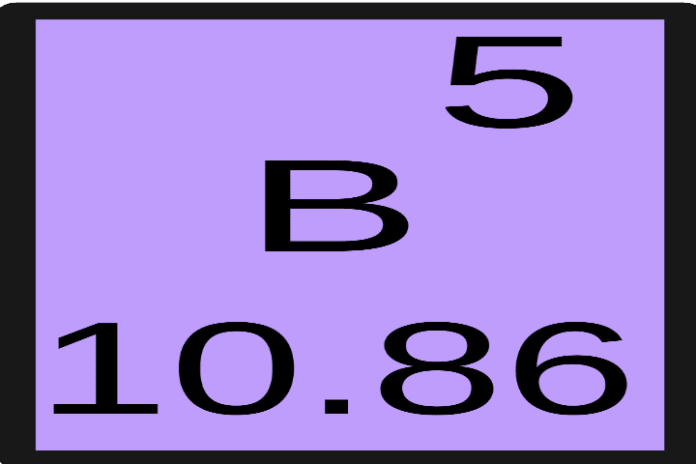In its fifth SDN platform release, the Linux Foundation’s OpenDaylight Project cites increased member participation from the likes of AT&T, Telefónica and Intel
The Linux Foundation’s OpenDaylight Project unveiled its fifth platform release under the Boron tag, touting enhancements to cloud and network functions virtualization use-case capabilities, performance and tooling designed to ease management of use cases.
ODL said in addition to the software-defined networking platform’s updated support for NFV and cloud, it also includes re-architecting OpenStack related capabilities “within a unified development framework for better scalability and performance, including clustering, high availability and persistence.” This is said to include improved coordination between OpenStack Neutron and the controller and enhanced support for internet Protocol version 6, security groups and virtual local area networks.
“The new architecture enables the ability to grow beyond OpenStack integration by allowing control from other orchestration systems and applications,” ODL explained.
Southbound updates for virtual network functions are also said to include OpenFlow and NetConf optimization. For downstream support, ODL started work with its fellow Linux Foundation partner Open Platform Network Function Virtualization project in terms of improvement for proof of transit validating service chain packet flow, enhancements to support fast data-input/output service chain identification and support for the latest Open vSwitch release.
ODL noted the latest SDN platform included significant member participation from the likes of AT&T, which provided support for YangIDE focused on support building new YANG models; Telefónica and Intel, which led NetIDE designed to ease the sharing of applications across controller deployments; and Comcast, which worked on EMAN in looking to improve energy efficiency for networks.
“We’re excited to see the release of OpenDaylight Boron,” said Chris Rice, SVP of Domain 2.0 Architecture and Design at AT&T. “We contributed to the release and expect to use the code at the heart of our network. We like OpenDaylight for the breadth of ‘brownfield’ protocols that are supported, its model-driven approach that matches our service abstraction logic and the ability to add applications on top of the controller base. One of the tenets of the open source community is that you don’t just take code; you contribute it as well. We’re committed to doing just that, and this is an example.”
Boron builds on the Beryllium release from earlier this year, which targeted automated service delivery, network resource optimization, cloud and NFV.
Bored? Why not follow me on Twitter

